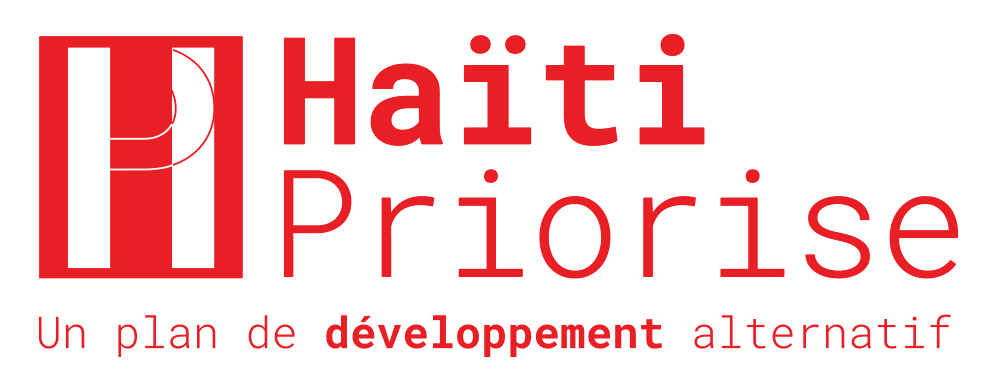Haïti Priorise: Armed Forces, Joseph
Description of the Problem
In Haiti, defense policy has been much discussed, especially because of the presence and departure of the Blue Helmets through the United Nations Haitian Stabilization Mission (MINUSTHA). The 1987 Constitution and its amended version presented the two operational components of defense policy, namely the Armed Forces of Haiti (FAD'H) and the National Police of Haiti (PNH). However, since 1995 only the PNH has been operational. The establishment of an Armed Forces has begun with the training and deployment of military engineers.
The Solution
- National Patrol Force
A military organization would consist of three corps: army, navy and air force, with a target of 6,500 military personnel by 2050. This force will be given the mission of defending the territory, protecting sensitive environmental areas, and responding to natural disasters.
Summary of the BCR
| Intervention | Benefit | Cost | Benefits for every Gourde spent |
|---|---|---|---|
| National Patrol Force | 45.4 billion gourdes | 29.2 billion gourdes | 1.6 |
Costs, Benefits, and BCR
Costs
Costs include the construction or redevelopment of military infrastructure, training, acquisition of uniforms, armaments, materials and equipment, and operating costs including salary, food, fuel, electricity, and maintenance.
Construction, operations, maintenance and redevelopment would over the next decades cost 22.1 billion gourdes.
Territorial defense would cost another 5.6 billion gourdes, and monitoring of protected areas 1.5 billion gourdes.
The total cost would be 29.2 billion gourdes.
Benefits
The patrol force would help the General Customs Administration (AGD) to reduce its losses at land borders. Each year, the AGD's annual losses are estimated at more than 19 billion gourdes, due to inadequate surveillance of the border with the Dominican Republic. It is estimated that the presence of armed forces would recover up to 43,882.9 billion gourdes from 2017 to 2050.
Armed forces could also be a key element in the fight against deforestation. Armed forces could help to contribute to the protection of forested spaces defined by the Ministry of the Environment. It is estimated that this would allow savings of up to 5.9 million gourdes in carbon emissions over the reporting period.
Finally, the armed forces would be able to evacuate people in the event of natural disasters. Thus the establishment of armed forces could contribute to the reduction of loss of human life. It is estimated that this would be worth 1.5 billion gourdes.
In total, the benefits to Haitian society would be worth 45.4 billion gourdes.
The BCR is slightly higher if the ‘forest patrol’ element of operations was not included.

